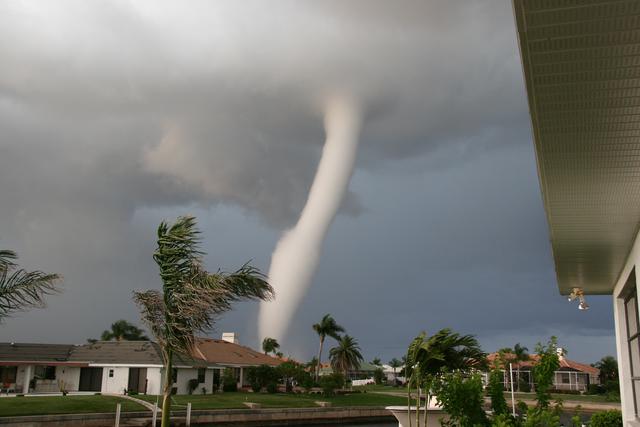Safeco Insurance says its homeowner’s policies cover damage to roofs, walls, cars, inventory and belongings. However, the insurer adds, deductibles do apply and the deductible may be higher for wind or hail damage caused by tornadoes.
Safeco says it will replace damaged items and materials with the same type of quality and materials only. If you want to upgrade your roof, for example, the difference in cost will be borne by the policyholder.
“With home values falling in many parts of the country, some people think they can reduce their homeowner’s insurance coverage,” says Worters.
“Doing this, however, could result in a homeowner being dangerously underinsured. The real estate value of a home is very different from the rebuilding cost,” Worters says.
She says demolition and debris removal can further add to rebuilding costs. Also, your community may have added new ordinances since your home was built that now must be adhered to.
Worters recommends considering the following coverages:
- Replacement cost. This pays for repair or replacement of damaged property with materials of similar kind and quality.
- Extended replacement cost. This is designed to protect the policyholder following a major disaster should the high demand for building contractors and materials push up the normal cost of reconstruction. It provides an additional 20 percent or more over the limits in your policy.
- Inflation guard. This automatically adjusts the coverage limits to reflect current construction costs in your area. You may have to purchase this separately.
- Water back-up. This insures your property from damage from sewer or drain back-up. Most insurers offer it as an endorsement to a standard policy.
- Flood and earthquake insurance. Standard insurance does not include flooding from a hurricane or the floods that could follow a tornado, or earthquakes.
- Make safety your first priority. Listen to the local radio station for up-to-date information, stay out of damaged buildings, watch out for broken glass and sharp objects and if you must drive, do so carefully.
The aftermath of a tornado
Safeco Insurance offers the steps you should take when contacting your insurance company immediately following a tornado.
1. Report your claim and be ready to provide at least a general description of damages.
2. Check for damage to gas, electric or sewage systems when you can do so safely. Don’t use any damaged systems until they’re checked by a professional. If gas is leaking, turn off the main shut-off valve and leave the building immediately and call a professional for service.
3. Once it is safe to do so, cover broken windows or holes in the roof with heavy-duty tarps or plywood to prevent additional water damage. Move wet items to drier ground and wash and dry whatever you can. If you don’t think it’s safe, call professionals for help.
4. Schedule permanent repairs as soon as possible, even though Safeco requires you to wait until your claims professional assesses your damage before you can begin making those repairs. The company notes professional contracts can be difficult to schedule after a tornado. Use local, licensed, bonded and insured contractors and check their references first.













